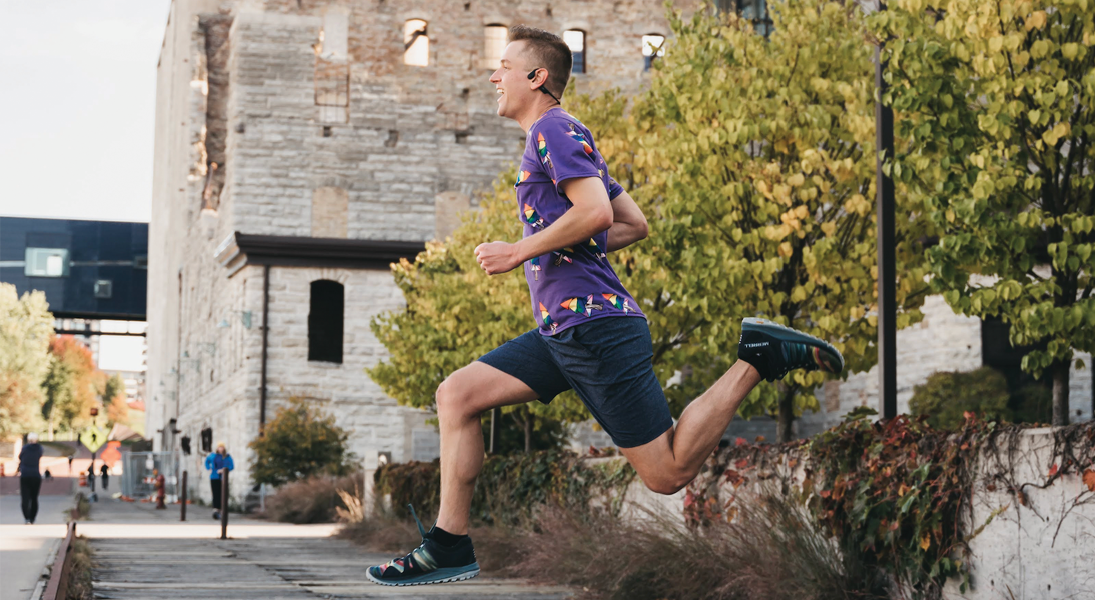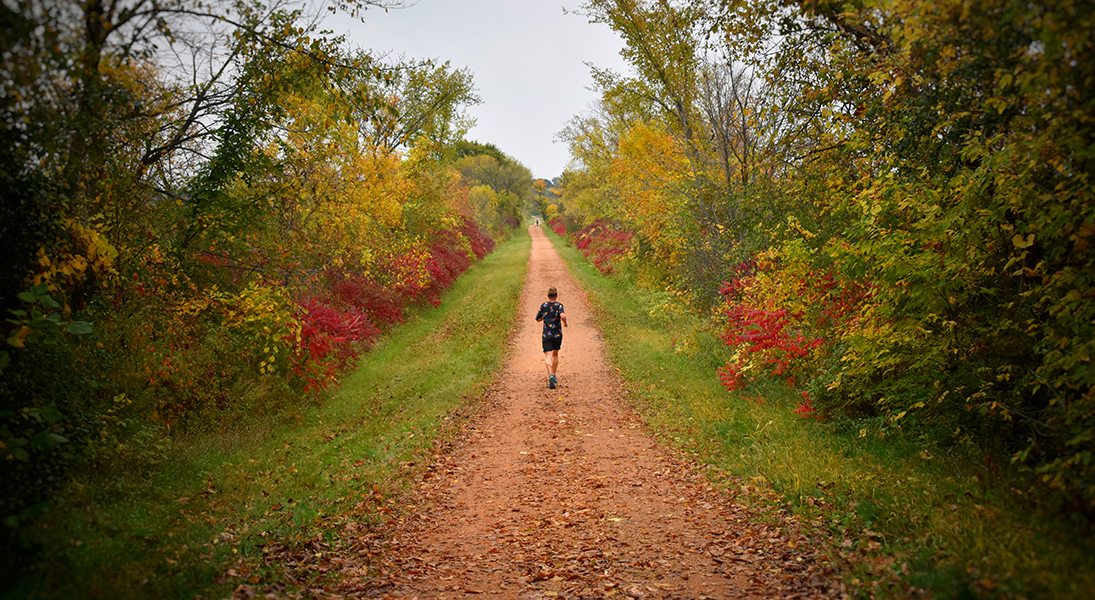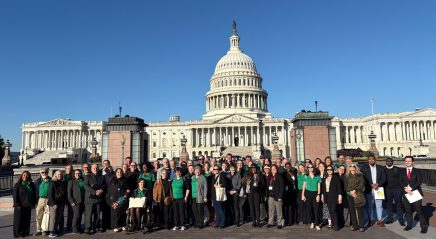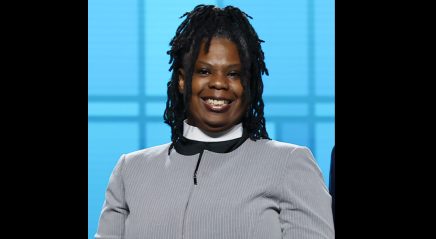It didn’t take long for Mikah Meyer to go from euphoria and elation to emotional deflation and depression after he completed an ambitious three-year journey to all 419 U.S. National Park sites in May 2019.
The mega-trip took daily planning and loads of help, a lot of which he received through contributions from Lutheran congregations where he spoke or sang along the way.
But the question after it was all over was: What’s next?
“I woke up after that three years, and it was like I was just sort of floating in space after being so dedicated,” said Meyer, who settled in Minneapolis after his journey. “After having such tunnel vision, I just felt completely adrift. It took me about three months and some time with some therapists to really just be able to wake up in one place and go about a normal day.”
After the mental and physical rest, Meyer decided to take a new journey that would lead him through only one state. But the trek had a new layer of difficulty—in particular, for his feet.
That’s because Meyer decided to run across the state of Minnesota, starting Sept. 4, with a goal of raising awareness and funds for an outreach initiative he created called Outside Safe Space. The initiative is meant to signal through stickers, water bottles and apparel displaying its logo that a person supports LGBTQ+ people, particularly in outdoor spaces.
The idea came to him, in part, because of COVID-19. “Suddenly, like every other American, I am at home,” Meyer said. “I’m staying up till 5 a.m. I’m sleeping into the afternoon, eating all the stuff that makes you feel good in the moment but not afterward, and I was just a mess.”
When restrictions eased in Minnesota, Meyer decided to get back into shape by running. First, it was for 30 minutes, then 60 and then he got to 90.
“This was now my sort of saving grace in this pandemic,” he said. “In a world that was spinning out of control, I could control every day how far I ran, what my breath was, what my pace was.”
The other thing that prompted the new project was George Floyd’s killing. Meyer said he started wondering what he could do to help the world be a better place using his skills on social media and his abilities as a public speaker.
“I came up with Outside Safe Space, which was essentially inspired by the upside-down pink triangles that some teachers will have on their doors in schools (designating a positive space where anyone is welcome),” he said. “The idea was to create a symbol that was racially inclusive, that included all LGBTQ+ people, that allies, that straight people could wear in the outdoors.”
The logo Meyer created is a tree with colors that come from the flags representing support for LGBTQ+ communities, with a multitoned trunk that emphasizes racial inclusivity.
Running for inclusion
Meyer’s trip across Minnesota was made a few miles at a time, which meant finding people to help and places to park his recreational vehicle (which he named Soren) along the way. Just as he did with the National Parks excursion, Meyer, whose late father, Larry Meyer, was a Lutheran campus pastor, again turned to Lutheran congregations.
“I realized there were barely any campgrounds in western Minnesota,” he said. “But there’s a Lutheran church like every 4 miles. So it just made sense that if I couldn’t find a campground, then I knew that I could call a local church, and it should be no problem to park in their parking lot. And that way, I’m safe.”
The pandemic made it impossible for Meyer to speak at the congregations where he stayed, but he received welcomes from several ELCA pastors who gave him permission to stay overnight.
Meyer met many people throughout his journey, but his most memorable interaction came at a Dairy Queen in Dawson, Minn., which has a population fewer than 2,000.
“The manager asked about my shirt, which had the Outside Safe Space logo all over it,” Meyer said. “We started talking, and she said, ‘You know, I don’t understand all that Black Lives Matters stuff. People in the Twin Cities, you have all your different politics.’ And I thought, oh, here we go.
“But then she said, ‘You know, my daughter has special needs. And she gets made fun of when we go outside the house. So, I know how you feel. And I’m glad you’re doing this.’”
Adventure with a purpose
In the midst of a pandemic that has kept many at home, people were able to follow Meyer’s journey in real time, thanks to a grant from the Philip N. Knutson Endowment for Lutheran Campus Ministry, which made it possible for him to get documenting equipment.
Meyer’s friends also provided support, including his childhood friend Tom Hilsabeck, who also helped him with the National Parks trip. He wasn’t surprised that Meyer had found another epic event, and he didn’t hesitate to help again.
“What made me want to join along was the mission of inclusion,” Hilsabeck said. “I think if you lead with good intention, and Mikah seems to do that quite a bit, my involvement went without saying.”
To refine his program’s mission statement, Meyer received help from his friend Sarah Frank Lindley, who also wasn’t surprised when he came up with another adventure.
“He’s always been a go-getter type, which I really admire,” she said. “His Outside Safe Space program I’m super proud of. I think it is really important to try to create welcome for people. I think the program helps people see maybe some injustices or ways that people might not be feeling supported.”
Lindley was in Stillwater, Minn., on Oct. 11 with her 3-year-old daughter to help celebrate the conclusion of Meyer’s five-week run across the state. The date was chosen to coincide with National Coming Out Day.
Meyer was pleased with the support he received from ELCA members throughout the trip. “This is a way that God’s people can do God’s work with something as simple as wearing a pin on their backpack,” he said.
As for what’s next, Meyer already has a plan—the pilgrimage on the St. Olav Ways in Norway. He hopes to use the journey to expand Outside Safe Space internationally.
“I thought it’d be a really cool way to do something with ties to my Lutheran heritage,” he said.










